How to Paint a Dodge on a Large Canvas:
Welcome to our blog dedicated to the art of painting cars, with a focus on creating a striking Dodge masterpiece on a large canvas. Painting cars, particularly iconic models like a Dodge, can be both challenging and rewarding. This guide will walk you through the process, offering practical tips and techniques to help you capture the essence and power of these classic vehicles on a grand scale.
1. Planning Your Composition
Start with a Concept Sketch
Before diving into painting, it’s essential to plan your composition. Create a concept sketch to map out the position and proportions of the Dodge on your large canvas. Consider how you want to showcase the car—whether in motion, parked, or from a dynamic angle. The sketch will serve as your roadmap and ensure that your proportions and perspective are accurate.
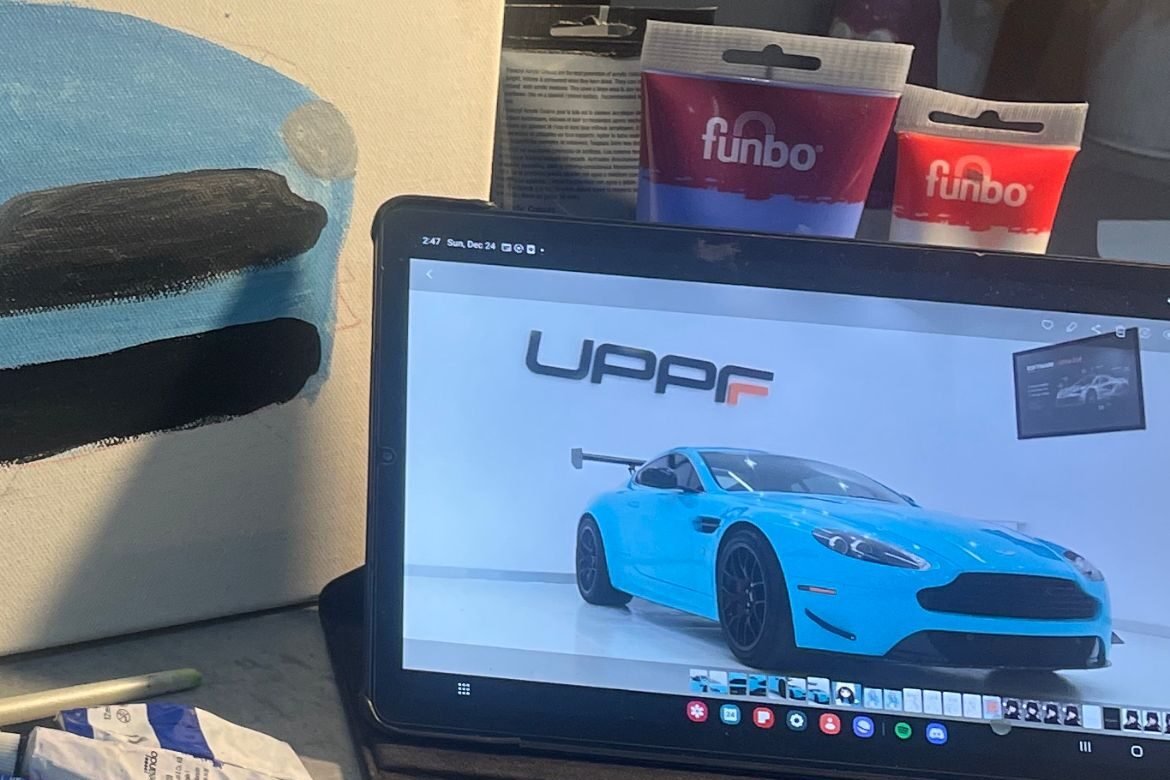
Choose Your Perspective
Decide on the perspective that best captures the car’s character. A three-quarter view can offer depth and dimension, while a side profile might emphasize the sleek lines of the Dodge. Remember that the larger the canvas, the more room you have to play with details and dramatic angles.
2. Preparing the Canvas
Select the Right Canvas Size
For a large-scale painting, choose a canvas size that will allow you to capture intricate details while still providing a dramatic visual impact. Common sizes for large canvases range from 36×48 inches to 60×72 inches. Ensure the canvas is securely stretched and primed to handle the demands of your painting.
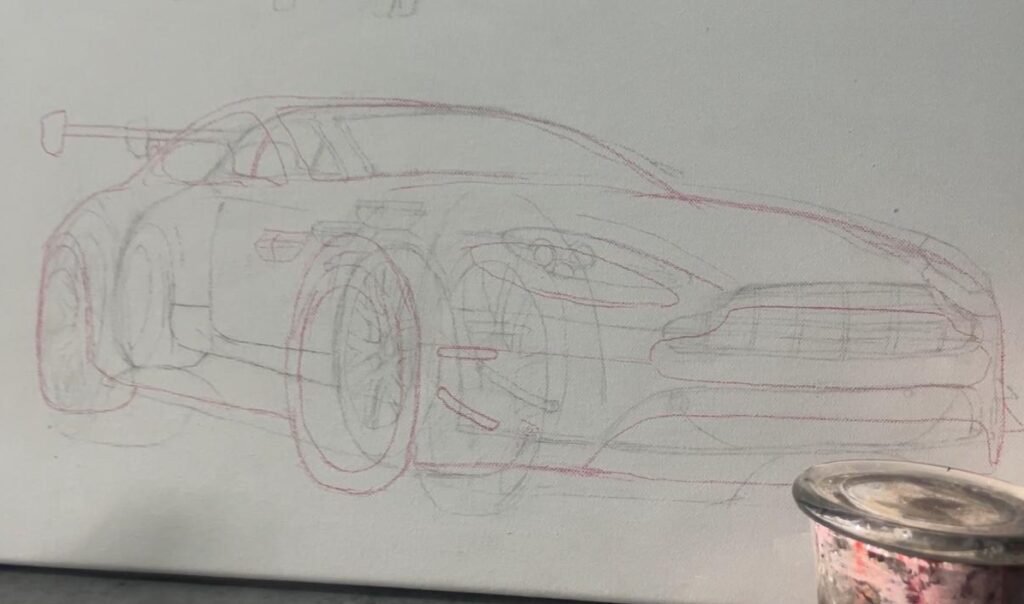
Prime Your Canvas
Apply a layer of gesso to the canvas to create a smooth, absorbent surface for your paint. This step is crucial, especially for large canvases, as it helps to prevent paint absorption and ensures that colors remain vibrant. Allow the gesso to dry completely before starting your painting.
3. Drawing the Dodge
Use a Grid Method
To maintain accurate proportions on a large canvas, use the grid method. Draw a grid over your reference image and a corresponding grid on your canvas. This technique helps to transfer the image accurately from a smaller scale to a larger one.
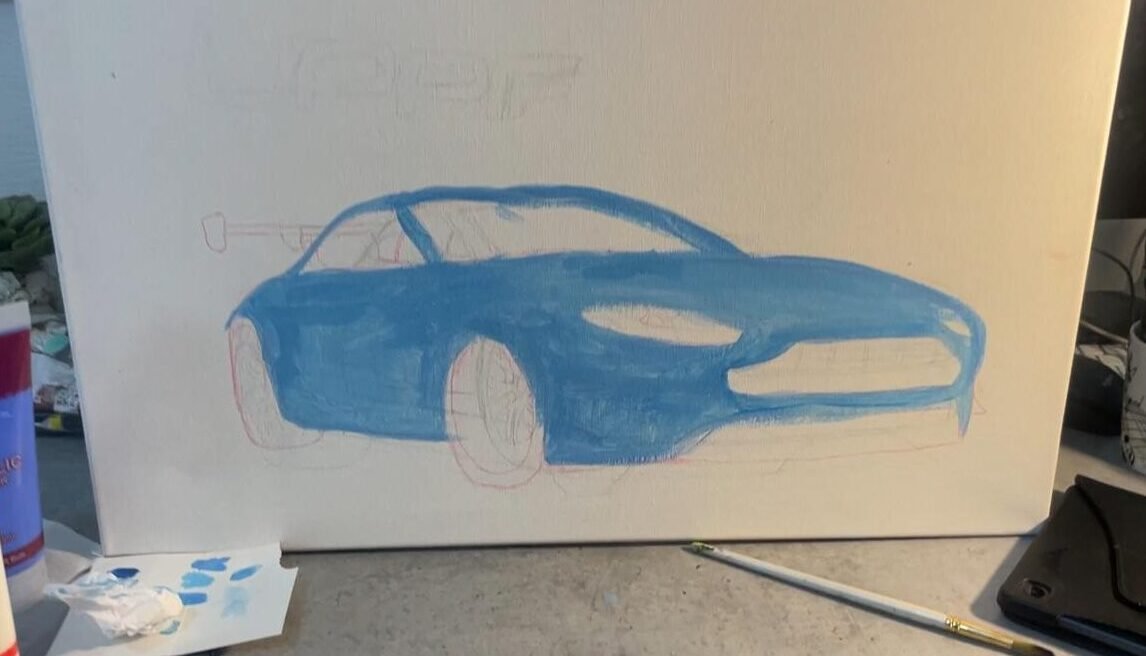
Focus on Key Features
Highlight key features of the Dodge, such as the distinctive grille, headlights, and emblem. Pay close attention to the car’s lines and curves, which are crucial for capturing its unique design. Use light pencil strokes to outline these features before committing to paint.
4. Painting Techniques
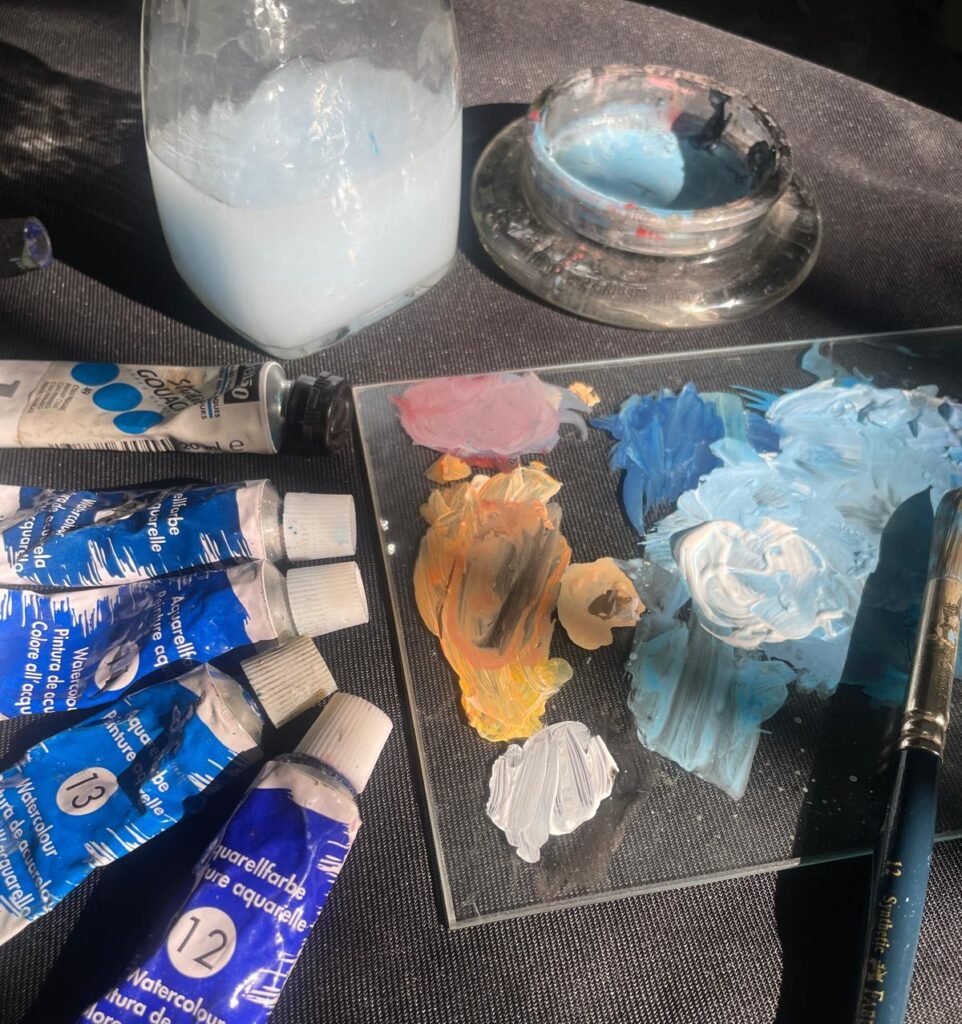
Base Layers and Blocking In
Start with a base layer of paint to block in the main colors and shapes. Use broad, flat brushes to cover large areas with a base color that matches the predominant hue of your Dodge. This initial layer helps to establish the overall color scheme and composition.
Building Up Details
Once the base layer is dry, begin adding details using smaller brushes. Focus on refining the car’s features, such as reflections, shadows, and textures. Layering different shades and tones will add depth and realism to your painting. For the shiny surface of the Dodge, use glazing techniques to create a smooth, reflective quality.
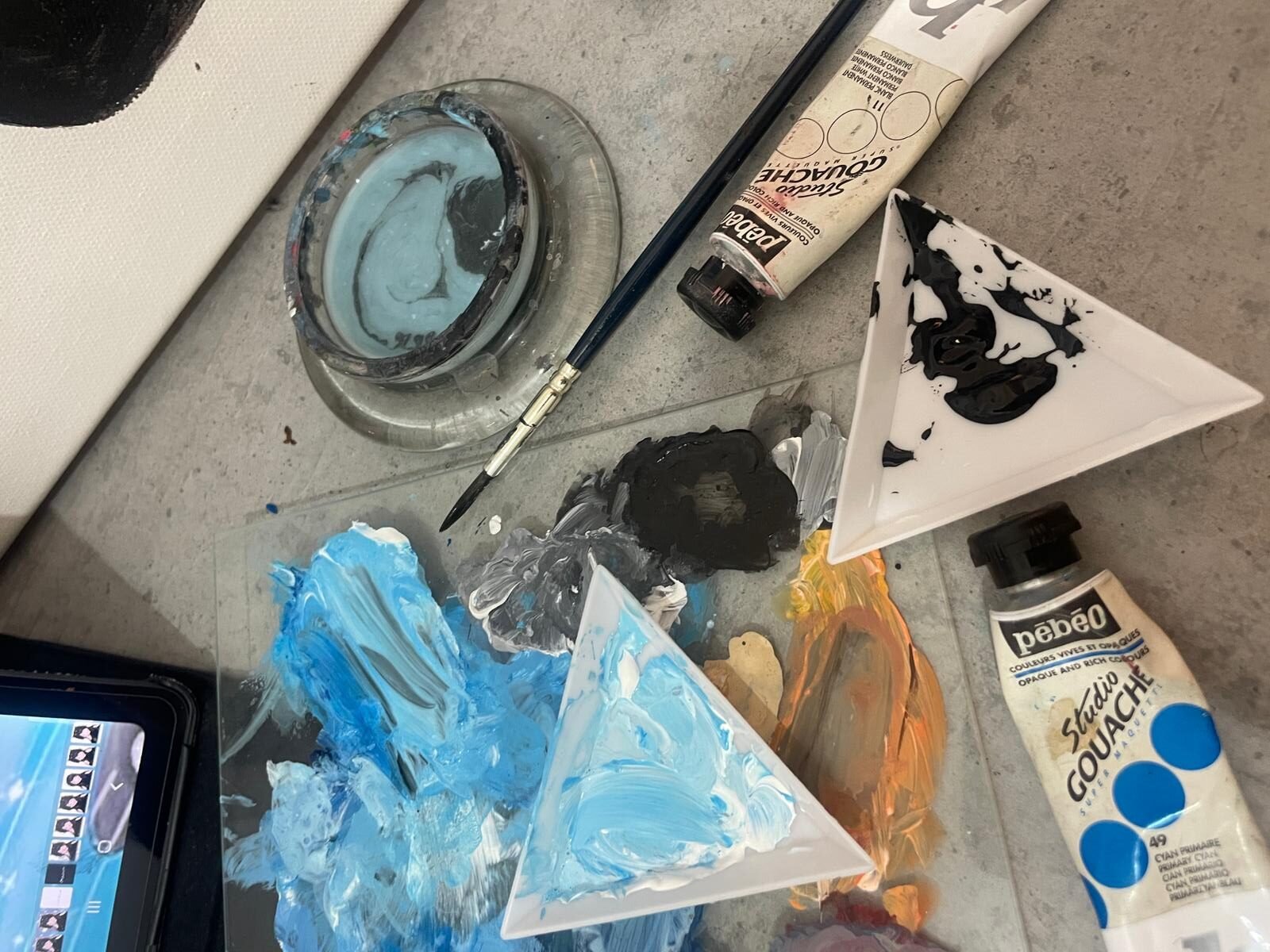
Capturing Reflections
Cars, especially those with polished finishes, often feature complex reflections. Pay attention to how the environment reflects off the car’s surface. Use a combination of highlights and shadows to replicate these reflections accurately, creating a sense of realism and dimensionality.
5. Adding Final Touches
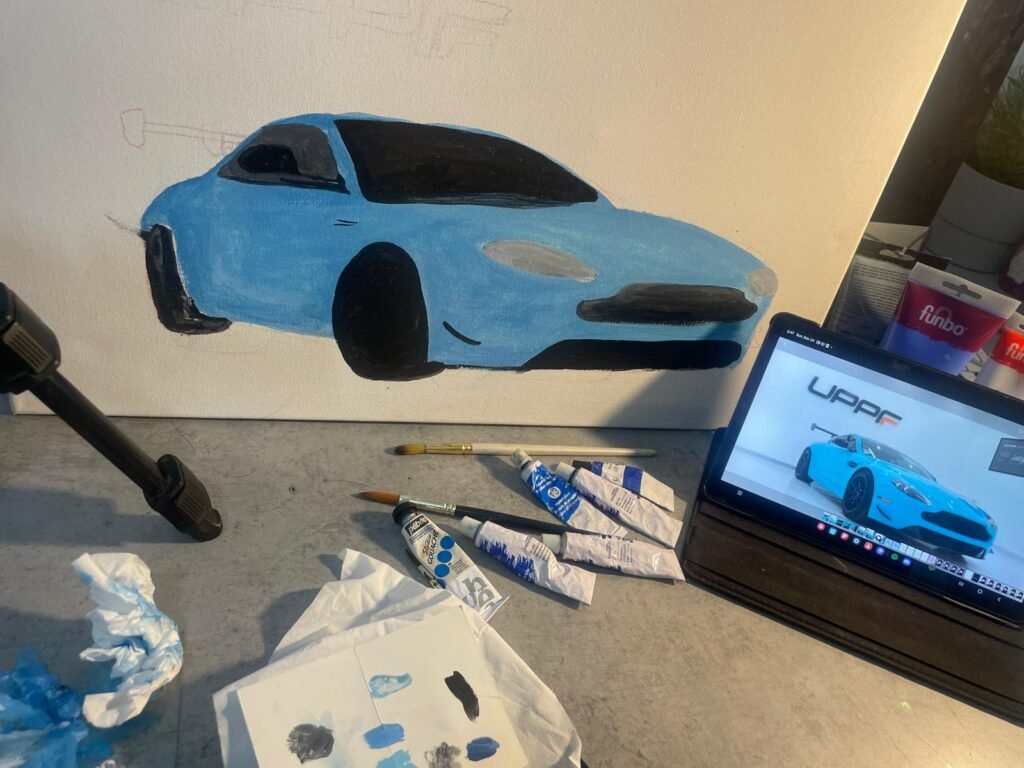
Refining Details
Once the main elements are complete, step back and assess your painting. Add final touches to enhance details and correct any inconsistencies. Use fine-tipped brushes to sharpen edges and add intricate details such as grille patterns and emblem logos.
Varnishing
Apply a clear acrylic varnish to protect your painting and enhance its colors. Varnishing not only adds a glossy finish but also helps to preserve the painting for years to come. Ensure the painting is completely dry before applying the varnish.
6. Displaying Your Artwork
Framing and Hanging
For a large-scale painting, consider having it professionally framed to enhance its presentation. Choose a frame that complements the style of your artwork and the space where it will be displayed. Ensure that the painting is securely mounted and appropriately hung to maintain its integrity.
Lighting
Proper lighting can make a significant difference in how your painting is perceived. Use directional lighting to highlight the painting’s details and enhance its visual impact. Avoid placing the painting in direct sunlight to prevent fading over time.
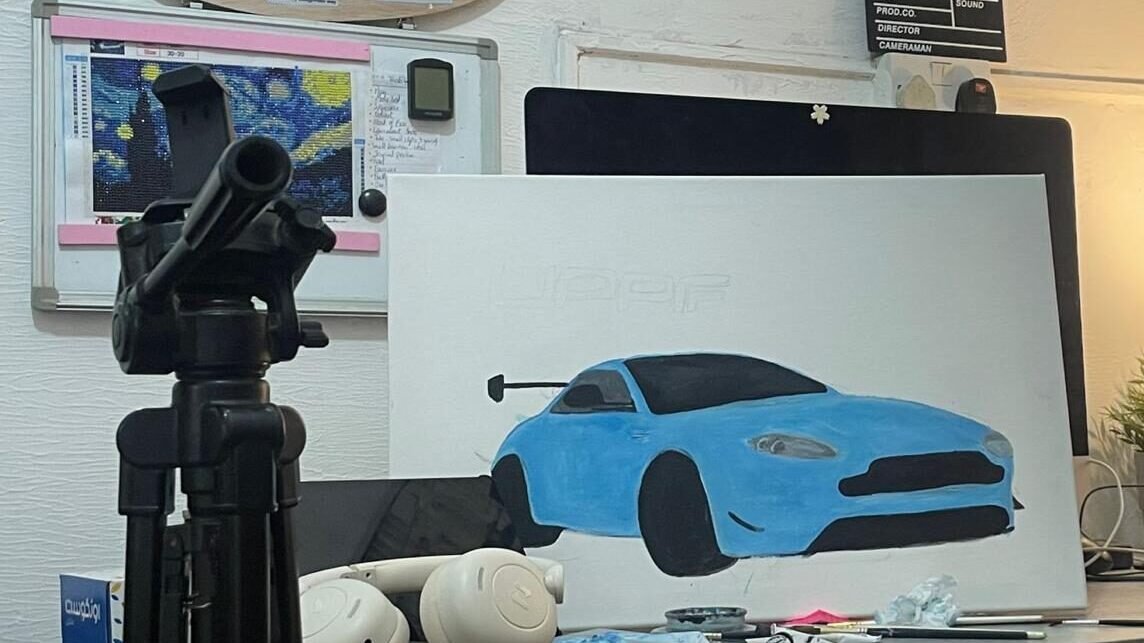
Conclusion
Creating a large-scale painting of a Dodge is an ambitious and exciting project that allows you to showcase the beauty and power of this iconic vehicle. By following these tips and techniques, you can capture the essence of the Dodge on canvas, creating a masterpiece that stands out and resonates with viewers.
We hope you find these insights helpful as you embark on your painting journey. Feel free to share your progress, ask questions, or offer feedback in the comments below. Happy painting!
